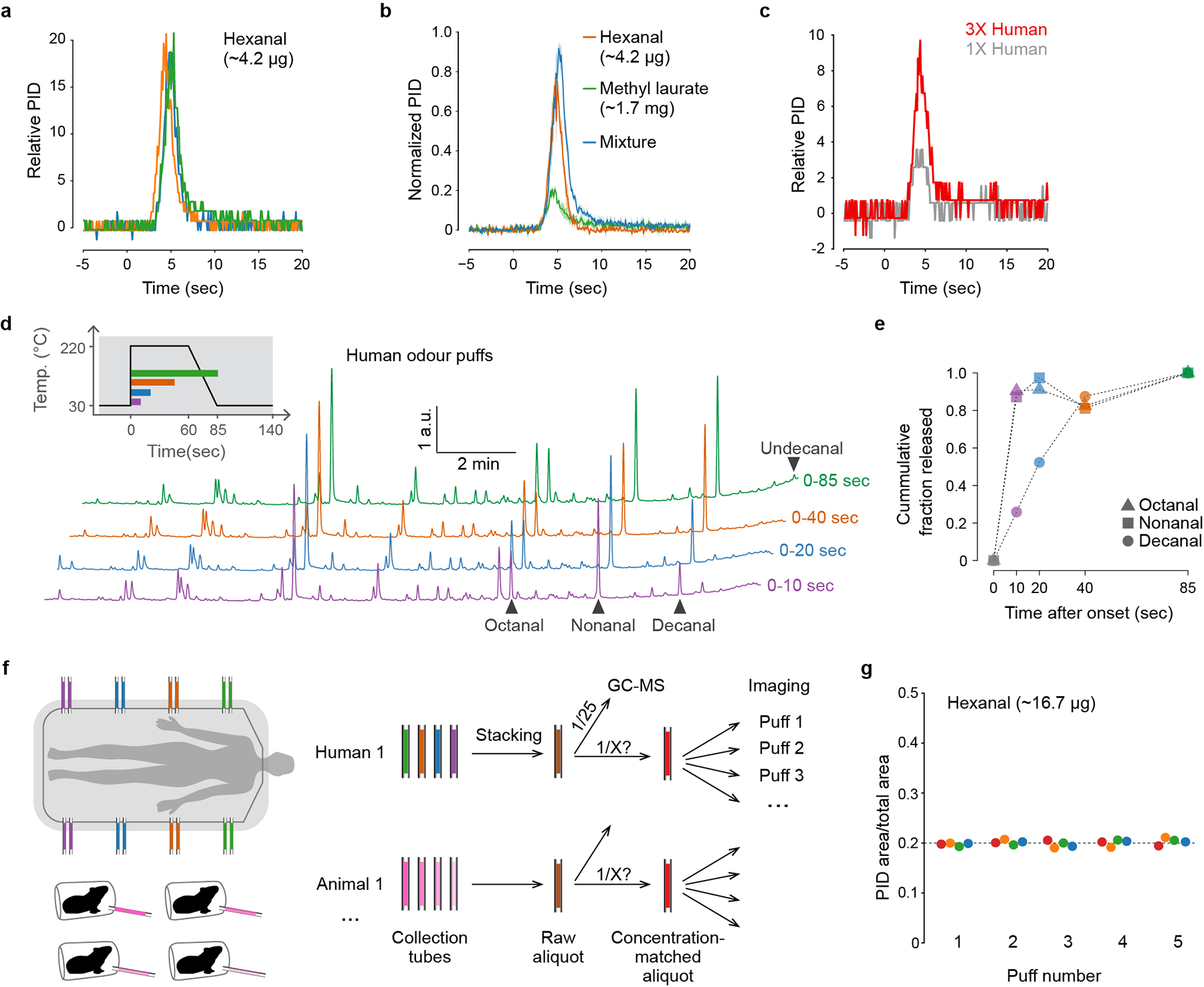Extended Data Fig. 3 |. Further characterization of the thermal-desorption odour-delivery system.

a, Puff shape for hexanal, measured with a photoionization detector (PID) at the location of mosquito antennae in imaging set-up (n=3 puffs). Time=0 indicates the onset of focusing-trap desorption. It takes ~3 sec for the desorbed odour to reach the mosquito. b, Puff shape for hexanal (orange), methyl laurate (green), and their mixture (blue), showing that the temporal dynamics of odour release are similar for odorants with markedly different volatility (n=3 puffs each). c. Puff shape for human odour delivered via thermal desorption and detected using a PID. Note that the PID may not detect all blend components given their low individual concentrations. As demonstrated in (d,e), a few components are released over a longer period of time. d, GC-MS traces showing the composition of replicate puffs of human odour collected for a period of 10, 20, 40, or 85 seconds following the onset of trap desorption. Inset shows focusing-trap temperature across each interval. e, Fraction of major aldehydes that were released within the given intervals (calculated from (d)). Consistent with PID measurements (c), most major components were released within the first 10 sec, including octanal and nonanal, but decanal took longer to fully desorb. Abundance of undecanal is too low for precise quantification, but it also appears to experience delayed release. f, Schematic of process for pooling (‘stacking’) odour samples and matching their concentrations before use in imaging. We stacked multiple collection tubes from the same individual human subject (or different individuals of the same animal species) to generate a single raw aliquot (brown). We then quantified 1/25th of each raw aliquot via GC-MS in order to inform the subsequent generation of concentration-matched aliquots (red) with the same total odour content (Fig. 2g). g, Concentration of five replicate puffs of hexanal delivered from each of four sample tubes (different colours) demonstrating repeatability of the delivered stimulus.
